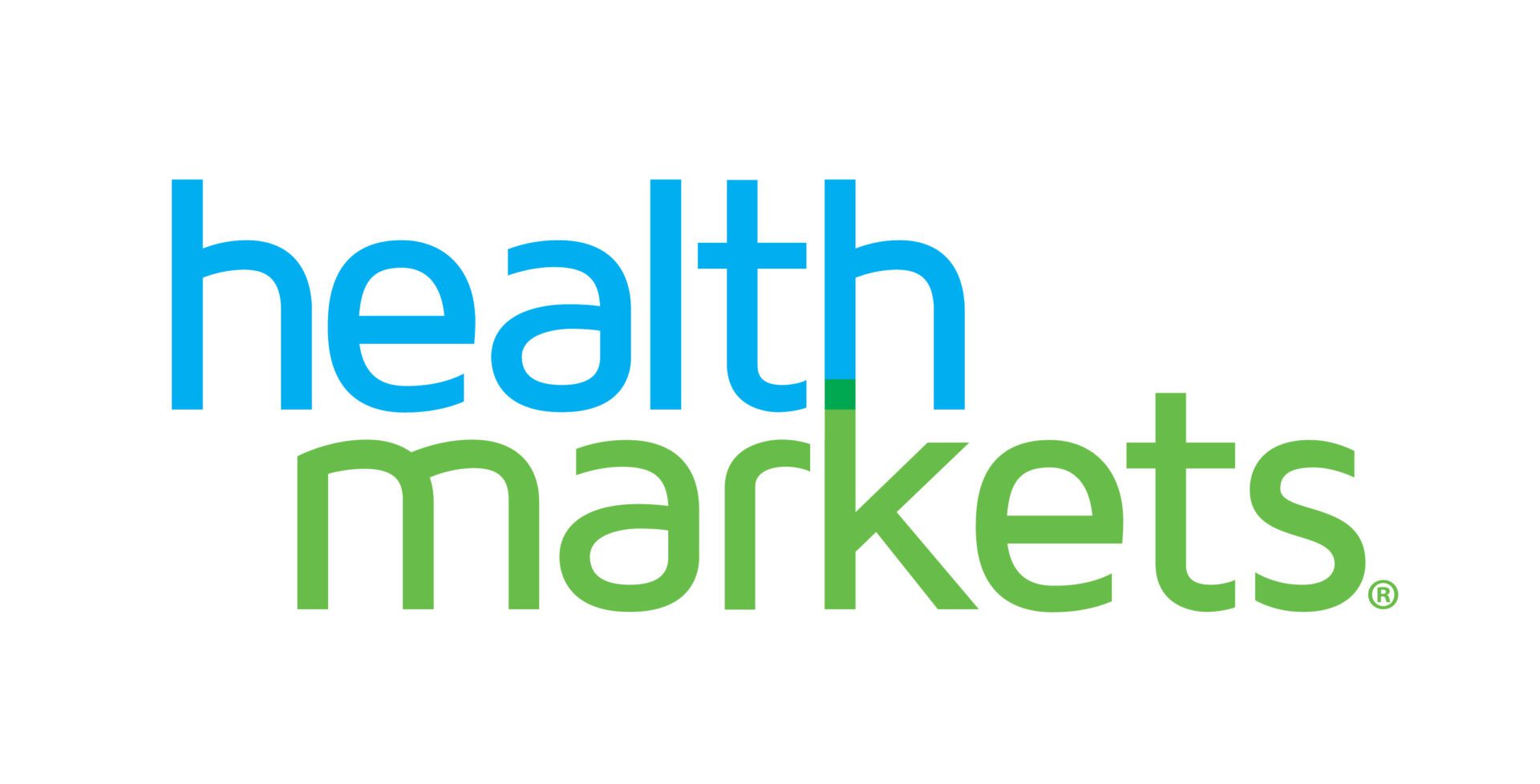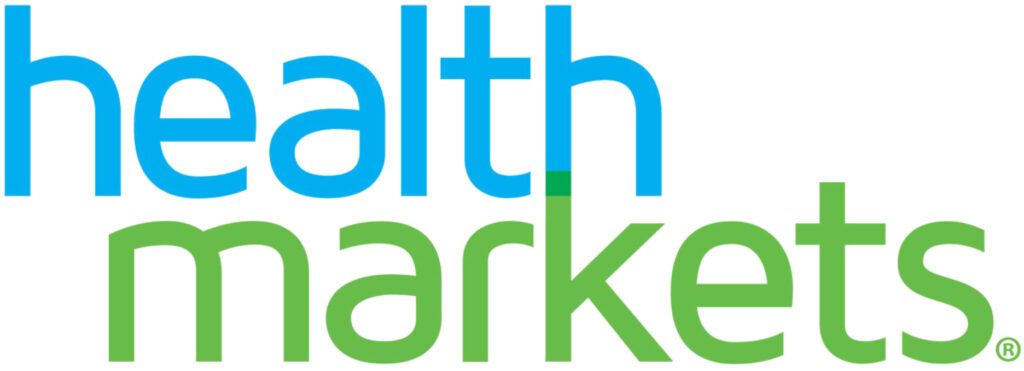- Many people confuse Medigap with Medicare Advantage or assume it covers everything.
- Missing the open enrollment period can lead to higher costs or denial.
- Comparing plans and enrolling early helps ensure better coverage and savings.
Medigap plans often play a vital role in helping individuals bridge the gaps left by Original Medicare. Despite its significance, Medigap, also known as Medicare Supplement Insurance, is frequently misunderstood. Misconceptions can lead to confusion, prevent people from enrolling at the right time, or even cause them to forgo coverage altogether. These myths persist in part because Medicare can be complex, and its various components—Parts A, B, C, D, and Medigap—are easily conflated.
To bring clarity to those considering supplemental coverage, it’s important to debunk the most common myths surrounding Medigap and highlight the realities behind them.
Myth 1: “Medigap Is the Same as Medicare Advantage”
One of the most widespread misunderstandings is the belief that Medigap and Medicare Advantage are interchangeable. In reality, they serve two entirely different purposes. Medigap is designed to supplement Original Medicare (Parts A and B) by covering certain out-of-pocket costs such as deductibles, copayments, and coinsurance. It works alongside Medicare, acting as a secondary payer.
On the other hand, Medicare Advantage, also known as Medicare Part C, is a separate plan offered by private insurers. It replaces Original Medicare entirely and often includes additional benefits like vision, dental, or prescription drug coverage.
However, these plans typically come with network restrictions and may require prior authorization for certain services. Unlike Medigap, which allows enrollees to see any provider who accepts Medicare, Medicare Advantage enrollees must often stick to a network of doctors and hospitals.
Myth 2: “I Can Enroll in Medigap Anytime I Want”
While Medigap enrollment is technically open year-round, timing plays a critical role in access and cost. The most advantageous time to enroll in a Medigap plan is during the Medigap Open Enrollment Period. This six-month window begins the month an individual turns 65 and is enrolled in Medicare Part B. During this time, applicants can enroll in any Medigap policy available in their state without undergoing medical underwriting.
Once this window closes, insurers are generally allowed to use underwriting to determine eligibility. This means that an applicant could be denied coverage or charged a higher premium due to pre-existing health conditions. Some people mistakenly believe that the flexibility of general Medicare enrollment periods extends to Medigap, but that is not the case. Exceptions exist under specific circumstances, such as guaranteed issue rights during certain transitions, but these are not applicable to most people.
Myth 3: “All Medigap Policies Are the Same”

Another frequent misunderstanding is the belief that all Medigap policies are identical, so there’s no need to compare them. While it is true that Medigap plans are standardized in most states and labeled with letters (such as Plan G, Plan N, etc.), this only applies to the benefits offered. What varies considerably is the pricing, customer service, and added features offered by different insurers.
Two insurance companies may offer the exact same Plan G, but one could charge significantly more based on factors such as age, location, or pricing methodology. In some cases, one insurer may offer value-added services, such as wellness discounts or mobile app support, that another does not. Consumers who fail to shop around often end up overpaying for the same coverage.
Myth 4: “Medigap Covers Everything That Medicare Doesn’t”
It is a common and dangerous myth that Medigap serves as a comprehensive coverage solution, filling every gap in Medicare. While Medigap does help with many out-of-pocket costs associated with Medicare, such as copays, coinsurance, and deductibles, it does not cover everything that Medicare excludes.
For example, Medigap does not offer coverage for routine dental care, vision exams, eyeglasses, hearing aids, or long-term custodial care. It also does not include prescription drug coverage, which must be obtained separately through a Medicare Part D plan. People who enroll in Medigap with the assumption that they will not need any other insurance often find themselves facing uncovered expenses.
This myth may originate from the strong financial protection Medigap provides. However, it’s important for individuals to recognize the scope and limits of that protection. Planning for additional coverage, such as stand-alone dental or hearing plans, can offer a more complete safety net.
Myth 5: “Medigap Is Too Expensive to Be Worth It”
Cost is often cited as a primary reason for avoiding Medigap, with many people assuming that premiums are unaffordable or that the coverage won’t provide enough value. In reality, the affordability and value of Medigap depend on individual healthcare needs, financial priorities, and future planning.
While Medigap premiums can seem high, particularly for more comprehensive plans like Plan G, they often provide significant savings by limiting or eliminating out-of-pocket costs for hospital stays, outpatient visits, and other services. For people who frequently use healthcare services or have chronic conditions, Medigap can offer budget predictability and financial peace of mind.
Additionally, some individuals may qualify for community-rated or issue-age-rated policies, which help control premium increases over time. Comparing multiple plans and understanding how premiums are calculated can uncover surprisingly affordable options. Judging Medigap purely on its monthly premium overlooks its role in reducing long-term healthcare spending. For many, the right plan pays for itself through cost avoidance.
Myth 6: “I Don’t Need Medigap Because I’m Healthy”
Another common misconception is that healthy individuals can afford to skip Medigap coverage and enroll later if their health declines. While this might appear logical, it carries significant risk. As mentioned earlier, the best time to enroll in Medigap is during the open enrollment period, when acceptance is guaranteed regardless of health.
Waiting until health issues arise often means facing medical underwriting, higher premiums, or outright denial of coverage. Even if someone is healthy today, unforeseen illness or injury can change that situation overnight. Medigap is designed to serve as a financial safety net, especially during times of medical need.
In addition, Medigap provides peace of mind by reducing unexpected expenses. It allows individuals to seek care without worrying about substantial hospital bills or outpatient charges. Forgoing coverage because of current good health overlooks the unpredictability of future healthcare needs.
If you’re feeling unsure about your Medigap options or have questions about what coverage fits your needs, we encourage you to speak with a knowledgeable professional. At HealthMarkets Insurance – Eric Zawicki, we take pride in guiding clients through their Medigap decisions with clarity and care. Contact us today to find a Medigap plan that supports your health and financial goals.


